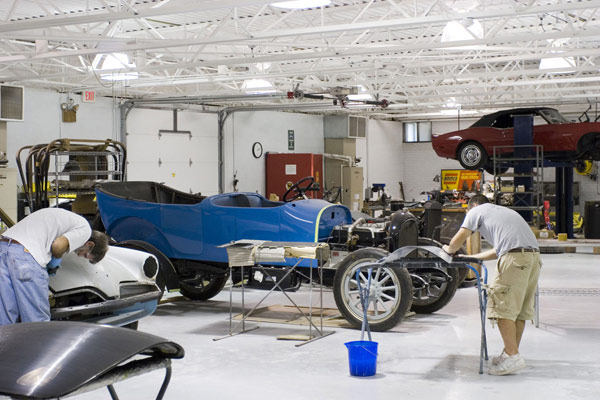For many, the choice to restore a car is simply an offshoot of their passion for automobiles. They have a “dream car” they’ve longed to restore for years. When they finally find the time and money to buy a fixer-upper, they embark on the quest. However, others get into it not so much out of passion as a desire to turn a profit. They fix up a classic car and then immediately turn around and sell it, only to start the process again. Which is the right tack to take?
Classic Car Restoration
There’s nothing quite like seeing a classic car being refurbished to get the heart thumping. New tyres, new interior, a new engine, new paint – breathing fresh life into one of the many classic cars that would otherwise be left to rot in a salvage yard or on a private property is the dream of many automotive professionals. However, different people get into it for different reasons.
The Case for Passion
Depending on whom you listen to, passion is the only real reason anyone should restore a car. These pundits have very valid points. Someone passionate about a particular model will do their utmost to source OEM replacement parts, or as close to OEM as feasible. They point out that the restoration will be done with more reverence, more love, more care, and that the end result will be closer to what the car was originally than if the restorer were motivated by mere profit. Often, the restorer will drive the car for years to come, or perhaps eventually pass it down to their children.
The Case for Profit
Here’s the rub – most restorers who fix up classic cars just to sell them are just as passionate as those who are intent on restoring a particular model to hold on to for years to come. They’re just not necessarily passionate about the model in question. They’re passionate about the restoration process. Perhaps they’re in love with the idea of fixing classic cars in general and then making them available to others. What’s more, the “profit” earned on the sale is very rarely just that. It’s used to reinvest in the next car to be restored, and then the next, and so on down the line.
The Reality Today
Whether you’re restoring a beloved classic that you intend to drive or hand down to your child when he or she is of driving age, or you’re intent on restoring that aging beauty to her former glory and then putting it on the market, it could be argued that it’s essentially the same thing. Both types of restorers are bringing back heritage vehicles. They’re giving something that would have become nothing more than another rusting hulk a new lease on life, but they’re also introducing a new generation to the beauty and iconic stylings of the auto industry of yesteryear.
Restoration is, ultimately, about passion no matter which camp you fall into. That’s really the only true motivation here.




